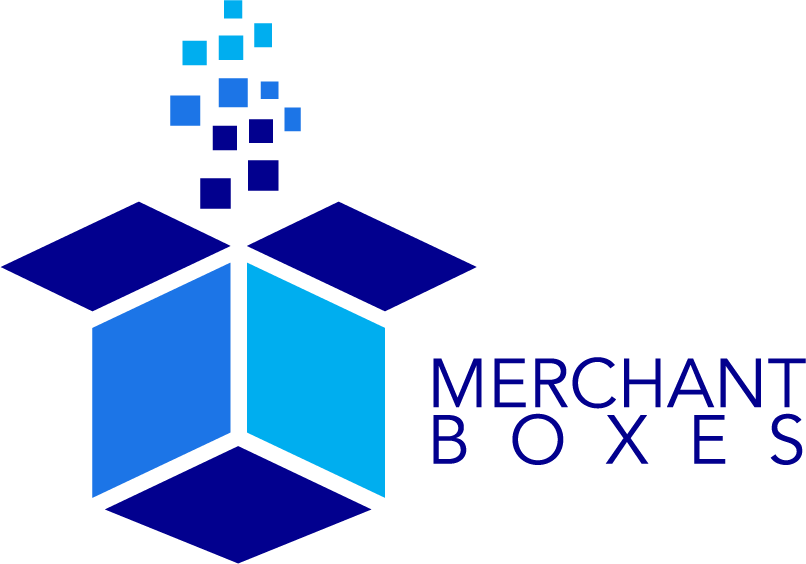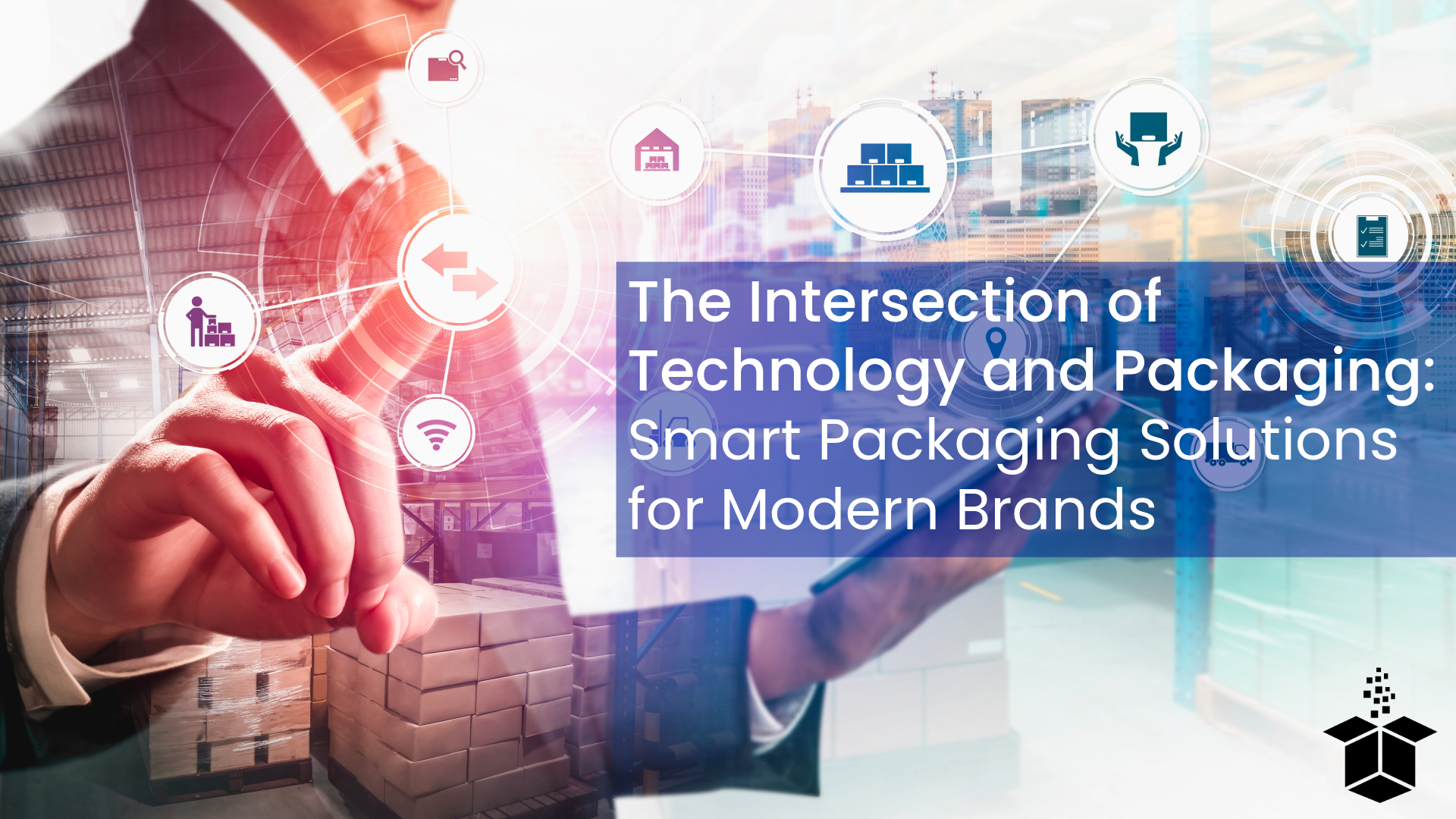The Intersection of Technology and Packaging: Smart Packaging Solutions for Modern Brands
In today’s digitally driven world, packaging has evolved far beyond its traditional purpose of protecting and displaying products. As technology continues to advance, it has taken over every aspect of our lives, from communication to shopping, and now even packaging. Smart packaging solutions—incorporating tools like QR codes, NFC tags, augmented reality (AR), and other digital innovations—are opening new possibilities for brands to engage with customers, gather valuable data, and offer enhanced experiences.
This convergence of technology and packaging is creating unprecedented opportunities for modern brands to differentiate themselves in the market. By leveraging these innovations, businesses can go beyond functional design and offer a new level of interaction and value, transforming packaging into a dynamic platform that bridges the gap between the physical and digital worlds.
The Rise of Smart Packaging
Smart packaging refers to the integration of technologies into traditional packaging designs to offer additional functions that benefit both consumers and brands. These innovations are broadly classified into two categories:
1. Active Packaging – Designed to improve the shelf life or quality of the product by actively interacting with the contents. For example, moisture control or oxygen scavengers that maintain product freshness.
2. Intelligent Packaging – Provides additional information or interactive features through technologies like QR codes, NFC tags, AR, and even sensors. Intelligent packaging aims to enhance the consumer experience and offer valuable data insights to brands.
It’s the second type—intelligent packaging—that has gained significant attention due to its ability to connect the physical product to digital experiences, making it a powerful tool for modern marketing and data-driven decision-making.
Enhancing Customer Experience Through Technology
Consumers today demand more than just a product; they seek engaging experiences. Smart packaging allows brands to meet this expectation by offering interactive elements that enrich the user journey. Let’s explore how some key technologies are changing the packaging game.
1. QR Codes: A Portal to Digital Information
QR codes (Quick Response codes) have become an ever-present feature on product packaging. When scanned with a smartphone, these codes can direct users to a wide range of digital content, including websites, instructional videos, promotions, or personalized product information. The ease of integration and low cost of QR codes have made them a popular choice for brands.
Benefits for Customers:
- Instant Access to Information: Consumers can scan a QR code to get detailed product information, such as ingredients, usage instructions, or even sourcing data. This is particularly useful for health-conscious or environmentally aware buyers who want transparency about the product’s origins.
- Engagement and Rewards: Brands can use QR codes to connect customers to loyalty programs, exclusive deals, or sweepstakes. For example, a beverage company might link a QR code to a gamified experience where users can earn points for each scan.
Benefits for Brands:
- Data Collection: Each QR code scan provides valuable data on customer behavior, such as when and where the product was purchased, allowing brands to track engagement and optimize their marketing efforts.
- Personalized Marketing: QR codes can lead to personalized content, such as product recommendations based on past purchases, creating a more tailored shopping experience.
2. NFC Tags: Seamless Interaction Through Tap Technology
Near-field communication (NFC) tags offer another powerful solution for brands looking to create seamless interactions with customers. Unlike QR codes, which require a scan, NFC tags only need to be tapped with a smartphone to unlock digital content. This provides a frictionless user experience and opens up a wide range of possibilities.
Benefits for Customers:
- Convenience: NFC tags offer a fast, one-tap experience to access information, eliminating the need for scanning or entering URLs.
- Exclusive Content: Brands can reward customers with exclusive content like tutorials, behind-the-scenes videos, or limited-time offers accessible only through NFC interaction.
Benefits for Brands:
- Security: NFC tags are more secure than QR codes since they can be encrypted, making them ideal for anti-counterfeiting measures, product authentication, and secure transactions.
- Rich Data Analytics: NFC tags can provide insights into consumer behavior in real-time, such as where the tap occurred and which content was accessed. This allows brands to optimize the customer experience and improve their marketing strategies.
3. Augmented Reality (AR): Creating Immersive Experiences
Augmented reality (AR) takes smart packaging to another level by creating immersive experiences that blend the physical and digital worlds. Through AR-enabled packaging, consumers can use their smartphones to trigger virtual content that enhances their interaction with the product.
Benefits for Customers:
- Engaging and Interactive Content: AR allows brands to bring products to life in ways that static packaging cannot. For example, a cosmetics brand could let users virtually try on different shades of lipstick through AR.
- Enhanced Storytelling: AR is a powerful tool for storytelling, allowing brands to create immersive narratives around their products. A wine company might use AR to take customers on a virtual vineyard tour or explain the winemaking process.
Benefits for Brands:
- Boosting Brand Loyalty: AR experiences can leave a lasting impression, leading to higher brand loyalty and increased chances of repeat purchases.
- Viral Marketing Opportunities: Well-designed AR experiences can become shareable moments, leading to viral marketing opportunities as customers share their interactions on social media.
Gaining Insights: How Smart Packaging Offers Valuable Data
One of the most compelling reasons for brands to invest in smart packaging is the wealth of data it can provide. In a world where data is king, having insights into consumer behavior can help businesses fine-tune their marketing efforts, improve product offerings, and ultimately increase profitability.
1. Real-Time Consumer Data
QR codes, NFC tags, and other smart technologies embedded in packaging provide brands with real-time data on customer interactions. By tracking when, where, and how often customers engage with these features, companies can gain insights into:
- Geographic Trends: Where are customers interacting with products the most?
- Product Usage: How often are customers engaging with the product post-purchase?
- Customer Preferences: What kind of content (e.g., instructional videos, promotions, AR experiences) is resonating most with consumers?
With this data, brands can adapt their marketing strategies, optimize future product designs, and better understand their target demographics.
2. Inventory Management and Supply Chain Optimization
Smart packaging can also streamline inventory management and optimize supply chains. For example, NFC tags can track the location of a product throughout its lifecycle, from manufacturing to retail shelves. This allows brands to:
- Monitor Product Conditions: NFC sensors can detect temperature, moisture, or other environmental conditions, ensuring that products are stored and transported under optimal conditions.
- Reduce Waste: Real-time tracking can help reduce overstocking or understocking, minimizing waste and improving supply chain efficiency.
3. Anti-Counterfeiting and Brand Protection
The rise of e-commerce and global markets has led to an increase in counterfeit products, which can damage brand reputation and erode customer trust. Smart packaging provides an effective solution to this problem.
NFC tags and blockchain technology can be used to create secure, tamper-proof packaging that verifies a product’s authenticity. Consumers can simply tap their phone to the NFC tag to confirm the product is genuine, while brands can track the product’s journey through the supply chain, ensuring it hasn’t been tampered with.
Sustainability: Smart Packaging's Role in Reducing Waste
While technology is revolutionizing packaging, there’s also a growing focus on sustainability. Many brands are exploring ways to incorporate eco-friendly materials and minimize waste while still embracing digital innovations.
1. Reducing Packaging Waste with Digital Instructions
By integrating QR codes or NFC tags, brands can eliminate the need for bulky instruction manuals, product catalogs, or warranty cards. Instead, all relevant information can be accessed digitally, reducing paper waste and streamlining the unboxing experience.
2. Smart Packaging for Reusable and Refillable Solutions
Some brands are using smart packaging to encourage sustainable practices like reusability and the ability to be refilled. For example, NFC-enabled packaging could track the number of times a container has been refilled, offering consumers rewards or incentives for reducing waste.
Future Trends in Smart Packaging
The future of smart packaging is filled with possibilities as new technologies continue to emerge. Here are a few trends to watch:
- AI Integration: Artificial intelligence (AI) could play a role in predictive packaging, where sensors embedded in the packaging can adjust conditions (e.g., temperature or humidity) based on the product’s needs.
- Blockchain: Blockchain technology can enhance supply chain transparency, ensuring the authenticity and traceability of products. This is especially important for industries like food and pharmaceuticals.
Conclusion: Embracing the Smart Packaging Revolution
As technology continues to advance, smart packaging will become an increasingly important tool for brands to stand out in a competitive marketplace. From enhancing the customer experience with interactive features like QR codes, NFC tags, and AR, to providing valuable data insights that drive marketing strategies and supply chain optimization, the benefits of smart packaging are vast.
For modern brands, the intersection of technology and packaging offers a unique opportunity to create more meaningful, personalized, and data-driven connections with consumers. Those who embrace these innovations will not only enhance their customer experience but also gain a competitive edge in an increasingly digital and data-centric world.






